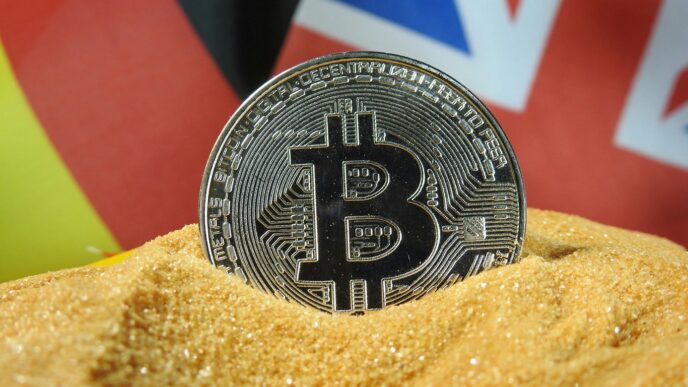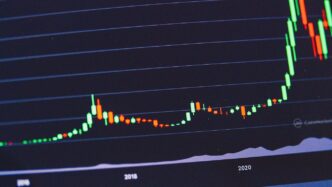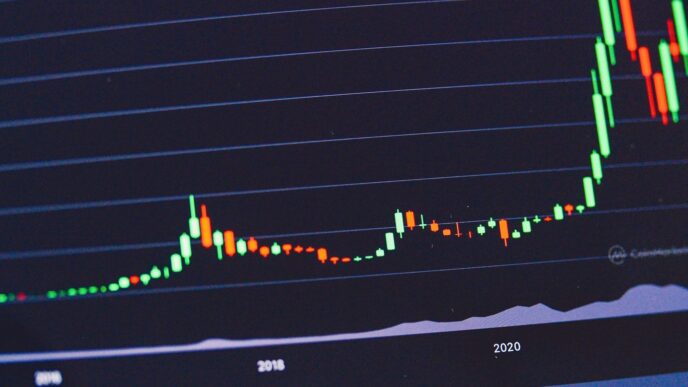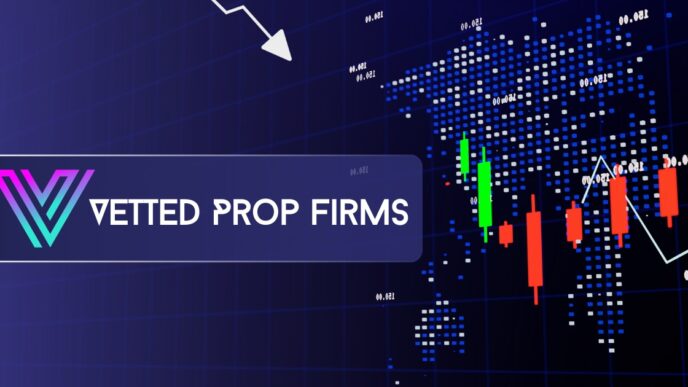The landscape of technology and finance is rapidly evolving, with significant developments in various materials and digital currencies. This article explores the pivotal roles of metal anodes, metal powders, precious metals, and cryptocurrencies like Ethereum and Bitcoin.
Metal Anodes
Metal anodes are critical components in a variety of electrochemical processes, including batteries and electroplating. They serve as the negative electrode in electrochemical cells, where oxidation occurs. The performance of batteries, particularly lithium-ion batteries, is heavily dependent on the quality and efficiency of metal anodes.
Innovations and Applications
Recent advancements in metal anode technology have focused on enhancing energy density, cycle life, and safety. Researchers are exploring alternatives to traditional graphite anodes, such as silicon, lithium, and tin-based materials. Silicon anodes, for instance, offer a significantly higher capacity than graphite, but they face challenges related to volume expansion and stability.
In addition to batteries, metal anodes are crucial in the electroplating industry, which is essential for manufacturing electronic components, automotive parts, and decorative items. The demand for high-performance anodes is driving innovation in materials and coating technologies.
Metal Powders
Metal powders are fine particles of metals used in various manufacturing processes, including additive manufacturing (3D printing), powder metallurgy, and surface coating. The properties of metal powders, such as particle size, shape, and purity, significantly impact the quality of the final product.
Applications and Market Trends

The adoption of additive manufacturing is rapidly increasing across industries such as aerospace, automotive, and healthcare. Metal powders like titanium, aluminum, and stainless steel are extensively used in 3D printing due to their excellent mechanical properties and lightweight characteristics.
Powder metallurgy is another major application area, where metal powders are pressed and sintered to create high-strength components. This process is vital in producing complex shapes and high-precision parts for the automotive and machinery industries.
Precious Metals
Precious metals, including gold, silver, platinum, and palladium, have been valued for their rarity, beauty, and industrial applications. These metals play a crucial role in various sectors, from jewelry and investment to electronics and medicine.
Industrial and Investment Value
Gold and silver are not only popular as investment assets but are also critical in the electronics industry due to their excellent conductivity and resistance to corrosion. Platinum and palladium are essential in catalytic converters for automobiles, helping reduce harmful emissions.
The investment demand for precious metals remains strong, driven by economic uncertainties and inflation concerns. Gold, in particular, is often seen as a safe-haven asset, providing a hedge against market volatility.
Other Materials
Beyond metal anodes, powders, and precious metals, various other materials are making significant impacts in technology and industry. Advanced ceramics, composites, and polymers are being developed to meet the demands of high-performance applications.
Emerging Trends
Advanced ceramics, such as silicon carbide and alumina, are used in high-temperature and high-wear applications, including aerospace and defense. Composites, combining metals with polymers or ceramics, offer unique properties like lightweight and high strength, making them ideal for automotive and sports equipment.
Cryptocurrencies: Ethereum and Bitcoin
In parallel with advancements in material sciences, the financial world is witnessing a revolution through cryptocurrencies. Bitcoin and Ethereum are leading this change, offering new ways to conduct transactions and store value.
Bitcoin: Digital Gold
Bitcoin, often referred to as digital gold, is the first and most well-known cryptocurrency. It operates on a decentralized blockchain network, providing a secure and transparent way to transfer value without the need for intermediaries. Bitcoin’s limited supply and increasing acceptance as a form of payment and investment have solidified its status as a valuable digital asset.
Ethereum: Beyond Currency
Ethereum goes beyond being just a digital currency. Its blockchain supports smart contracts, which are self-executing contracts with the terms directly written into code. This functionality enables the creation of decentralized applications (dApps) and has given rise to innovations such as decentralized finance (DeFi) and non-fungible tokens (NFTs).
The Intersection of Materials and Cryptocurrencies
The integration of advanced materials and blockchain technology presents intriguing possibilities. For instance, blockchain can enhance supply chain transparency for precious metals, ensuring ethical sourcing and reducing fraud. Moreover, the energy demands of cryptocurrency mining are driving research into more efficient battery technologies and sustainable energy solutions.
Conclusion
The convergence of advancements in metal anodes, metal powders, precious metals, and cryptocurrencies is shaping the future of technology and finance. As industries continue to innovate and adopt new materials and digital assets, we can expect transformative changes that will redefine our world. From powering the next generation of electric vehicles to revolutionizing financial transactions, the synergy between these domains holds immense potential for the future.












